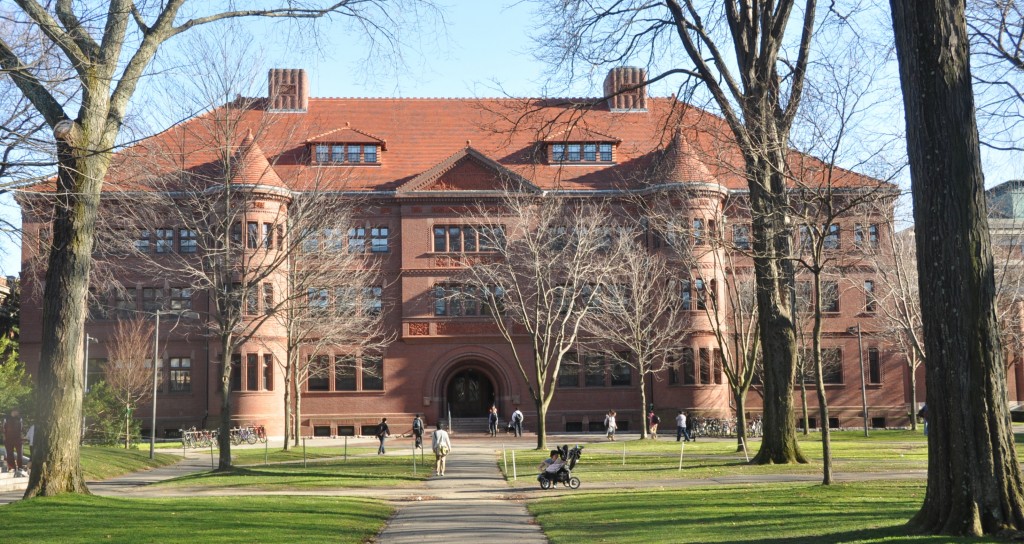
Everyone’s heard the phrase, ‘rich as Croesus’. Very few know that Croesus was the last king of the Lydians 2600 years ago.
A lecture on March 30th at Harvard reported on progress of excavations at Sardis, Croesus’s capital, in what is now western Turkey. The lecturer was Nicholas D. Cahill, Professor of Art History at the University of Wisconsin – Madison and the Director of the Archaeological Exploration of Sardis.
A superb speaker with a fine sense of humor, Prof. Cahill gave the frustrations of digging through six metres of fill a context of importance. At the same time, he saw the humor in a handsome coin of Croesus’s era that was proof that something that glitters mightn’t always be gold. Croesus may not have been adverse to a bit of reputation burnishing.
In his seventy minute lecture which seemed much shorter, Prof. Cahill focused on the Lydian period at Sardis. But he did talk about the later Greek, Roman and Byzantine occupations – each of which lasted longer than the Lydian.
Many other sites of similar importance illustrate Sardis’s later occupants. But, there aren’t others for the Lydians’ short time at center stage of near-eastern history. And as Prof. Cahill pointed out, much of what we know is wrong.
For instance, the great – and usually dependable — historian Herodotus mistook the plan of Sardis at the time of Croesus’s downfall. Relying on his descriptions written 60 years after the event, archaeologists, who’ve been digging at Sardis for 101 years, made assumptions about buildings and their relations to one another that discoveries in the past decade have proven wrong.
Croesus’s riches didn’t make him a visionary general. When he decided to make war on the new Persian empire to his east, Croesus consulted the Oracle of Delphi who told him, ‘If you attack, you will destroy a mighty kingdom.’
As Prof. Cahill showed, the breached 60 foot walls and remnants of household goods bear witness to Cyrus the Great’s destruction of the Lydian kingdom. The fascinating story of Croesus’s downfall is well told here.
Prof. Cahil titled his talk: ‘Archaeology at Sardis in Turkey: New Discoveries and More Puzzles’. It is a credit to the lecturer and his team in the US and Turkey that the mysteries solved were less exciting to much of the audience than the puzzles identified.
-30-
H/T: Harvard University Art Museums for a first rate presentation.
H/T: The Sardis Expedition and the Harvard University Art Museums for their commitment to put all the Sardis research, reports, photographs, etc. on line. For a taste of what that will be like, take a look at the website for Harvard’s 2003 exhibit, ‘The City of Sardis: Approaches to Graphic Recording’.
Recent Comments